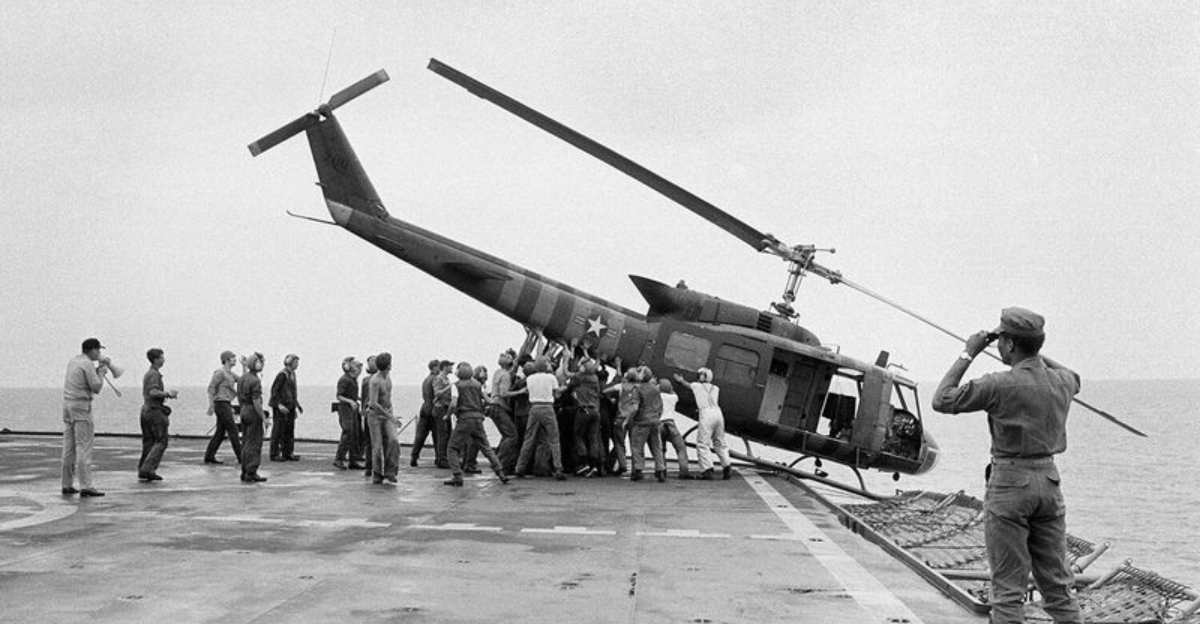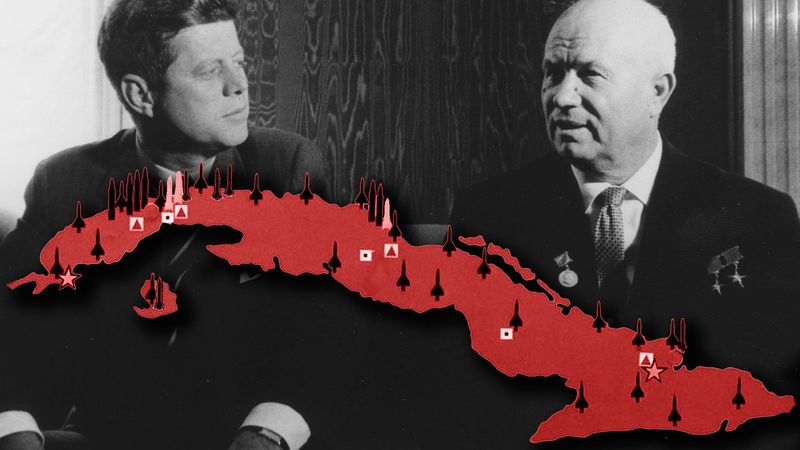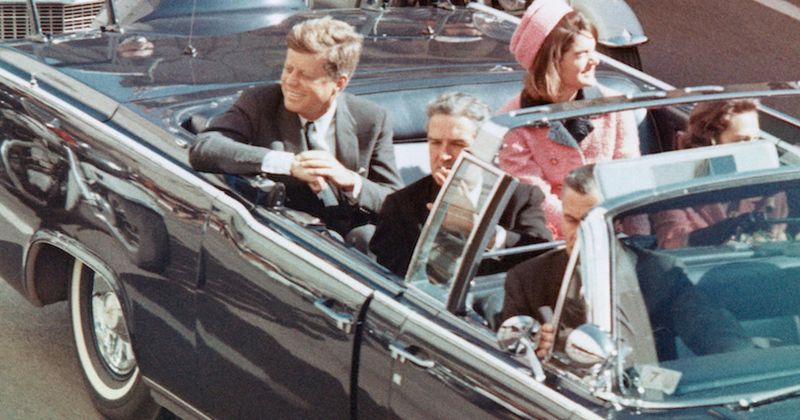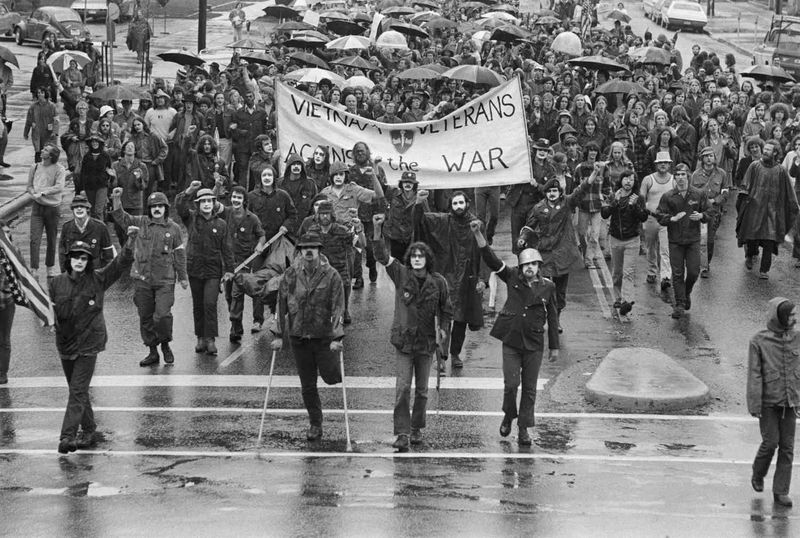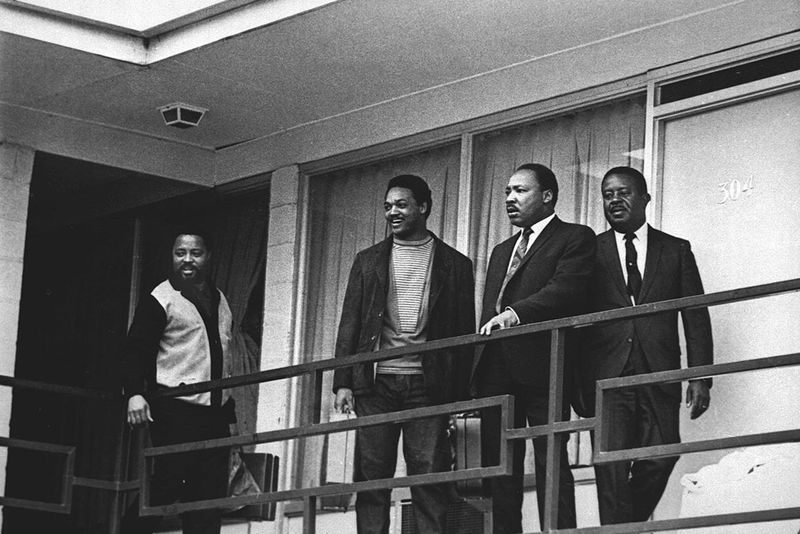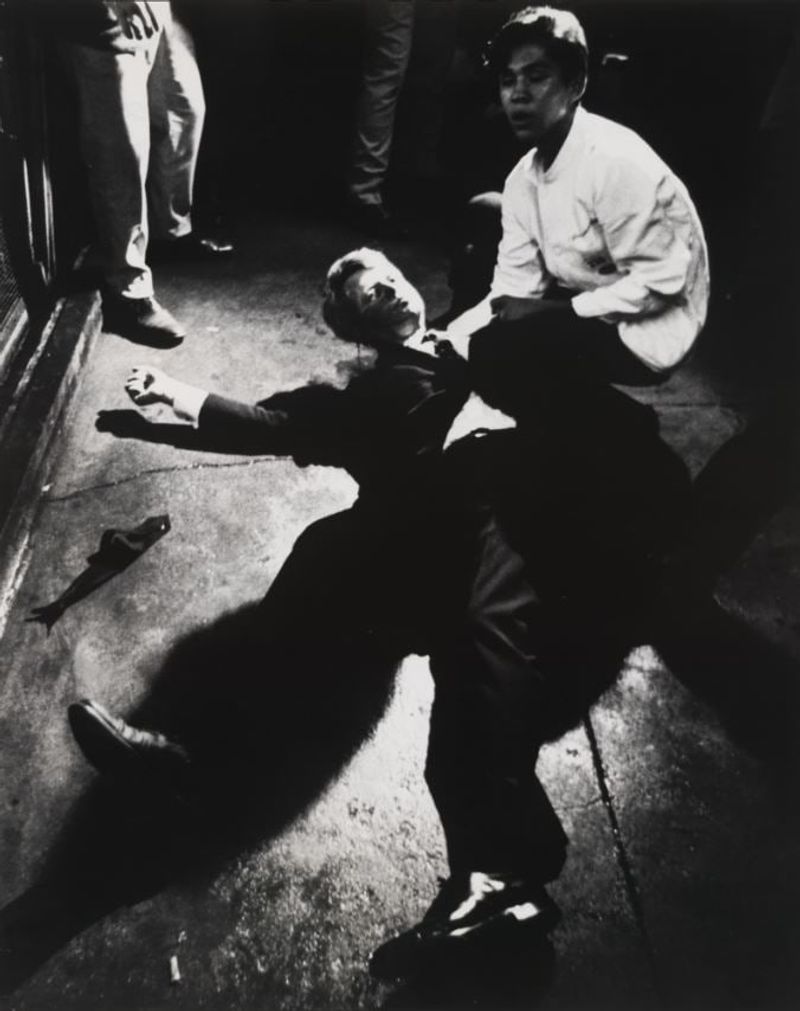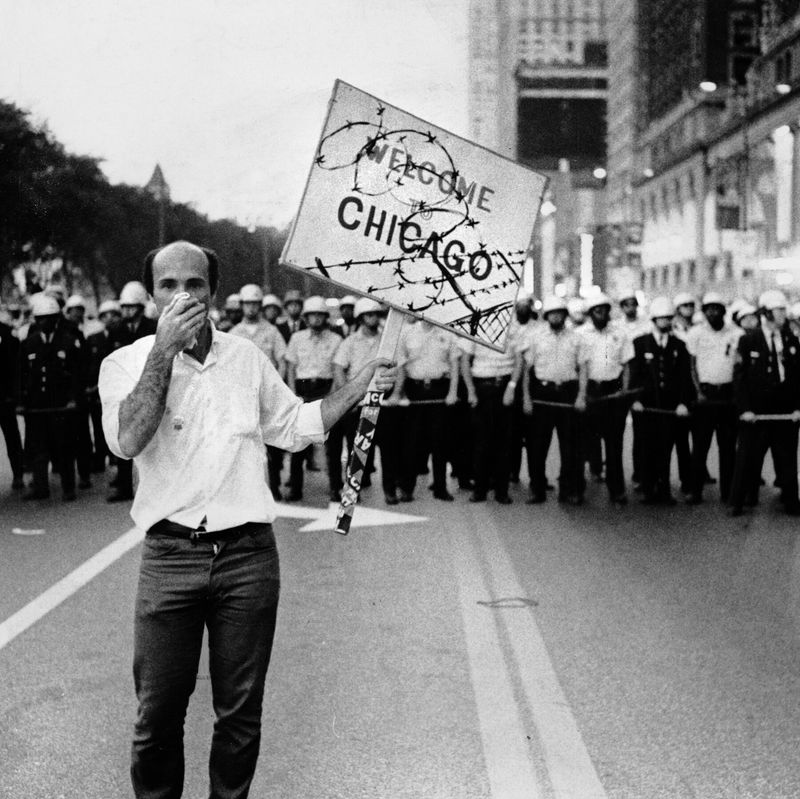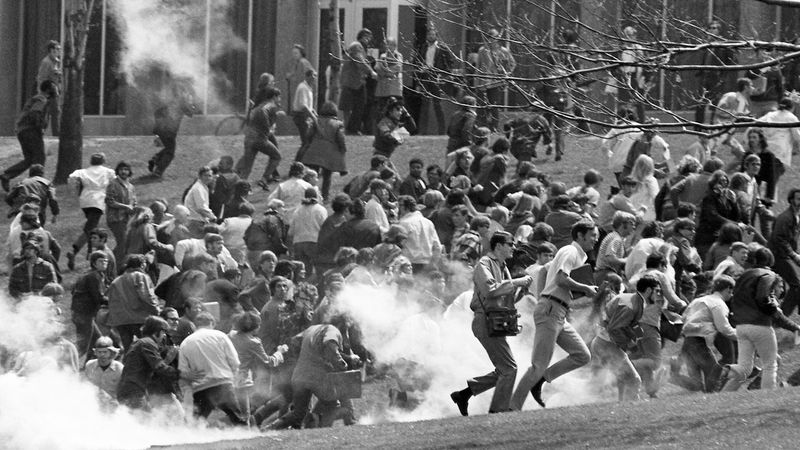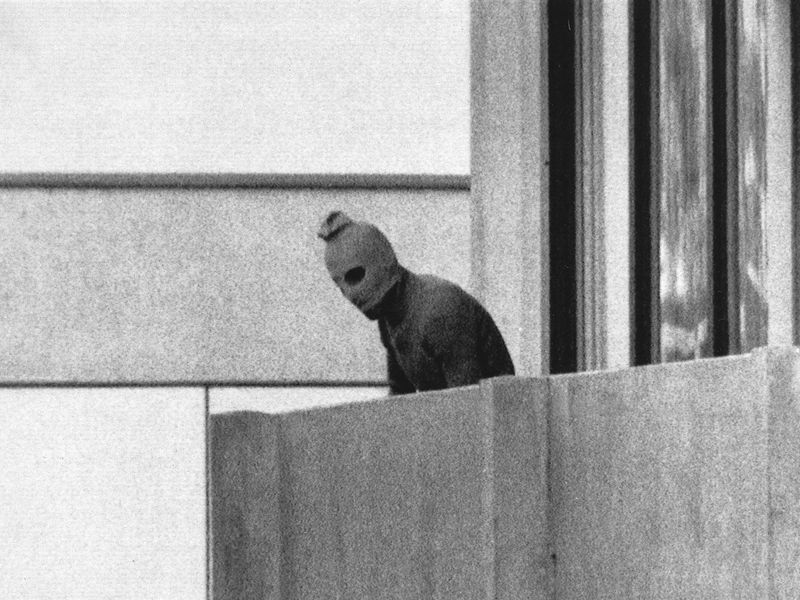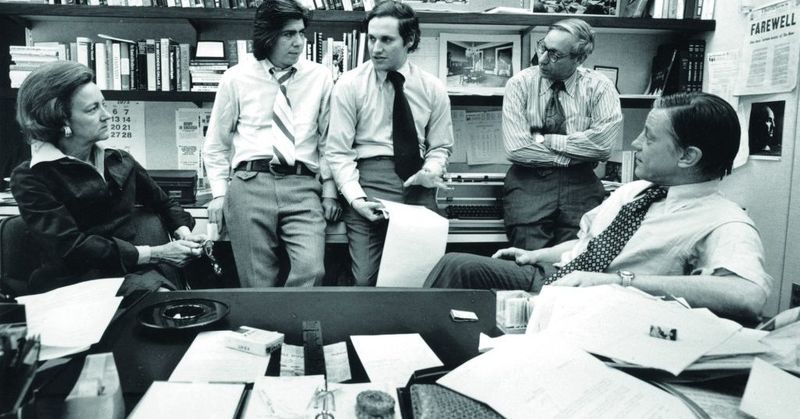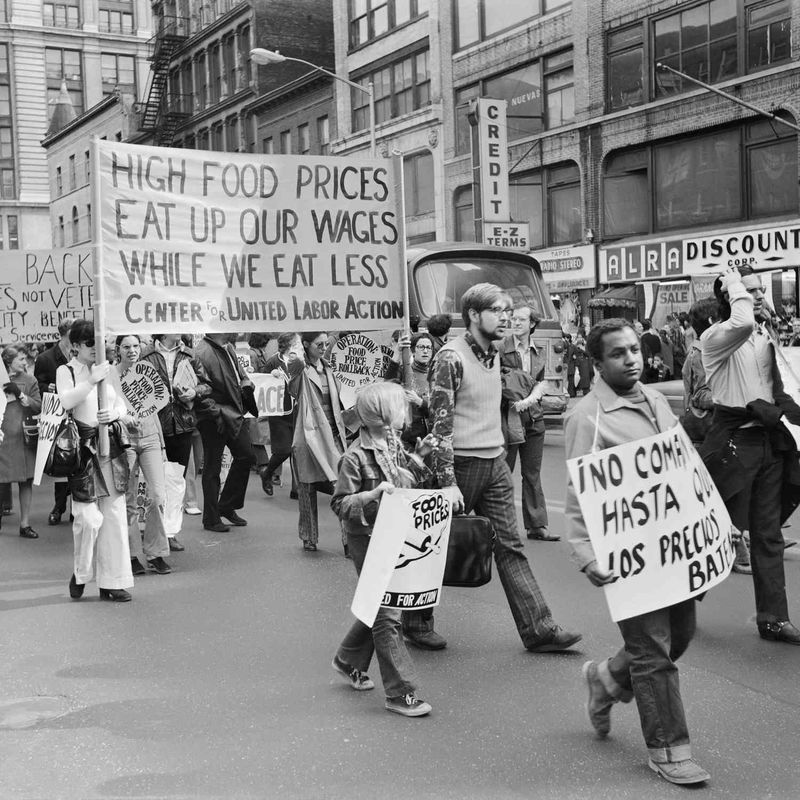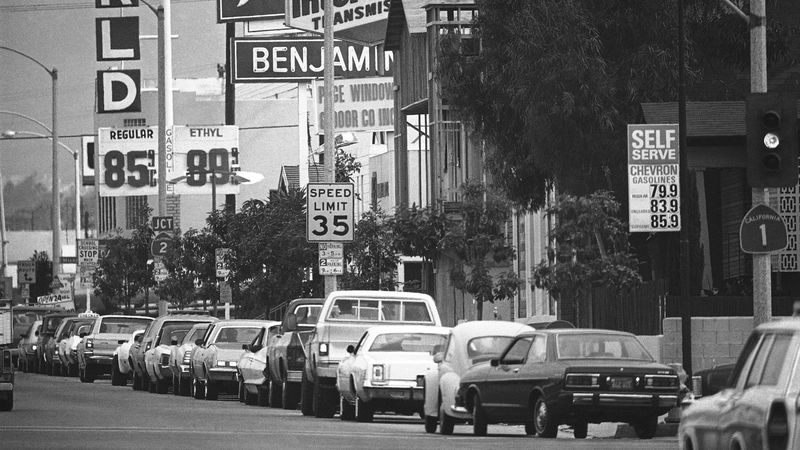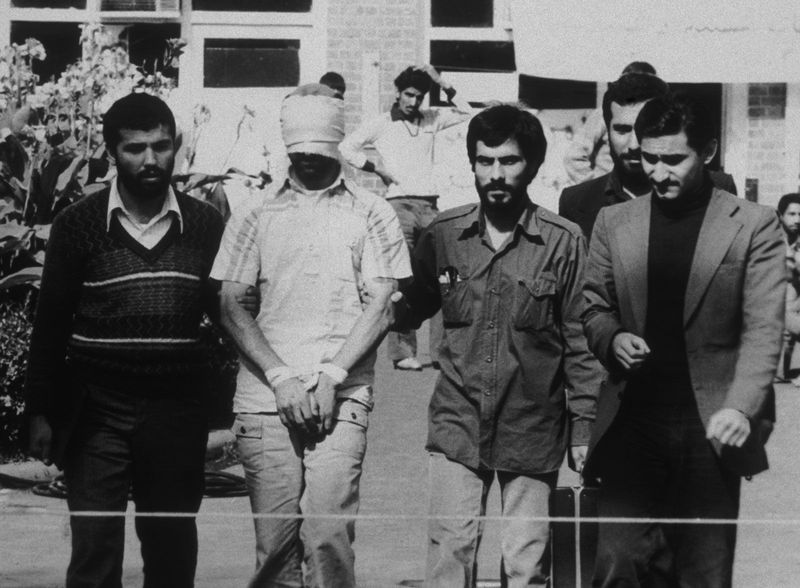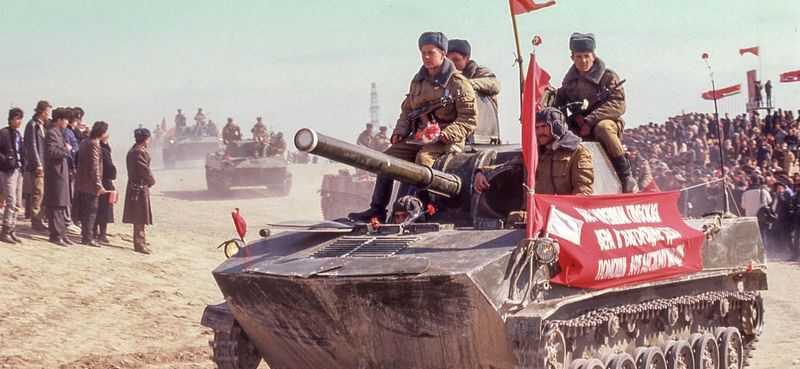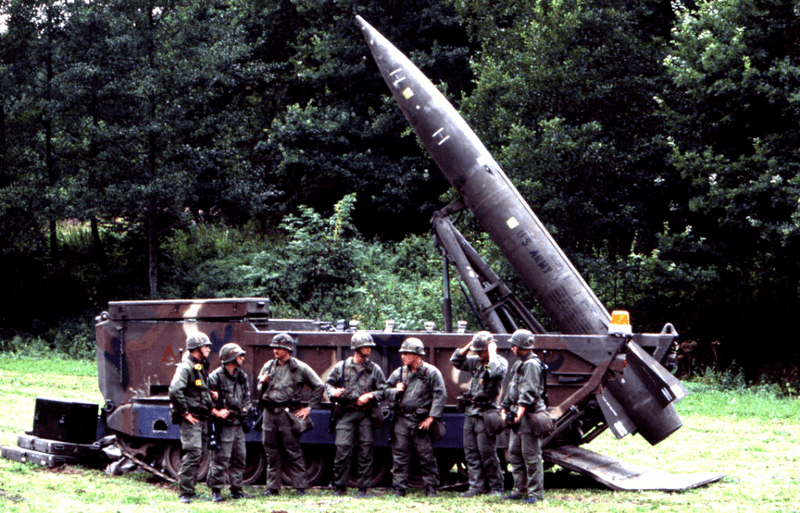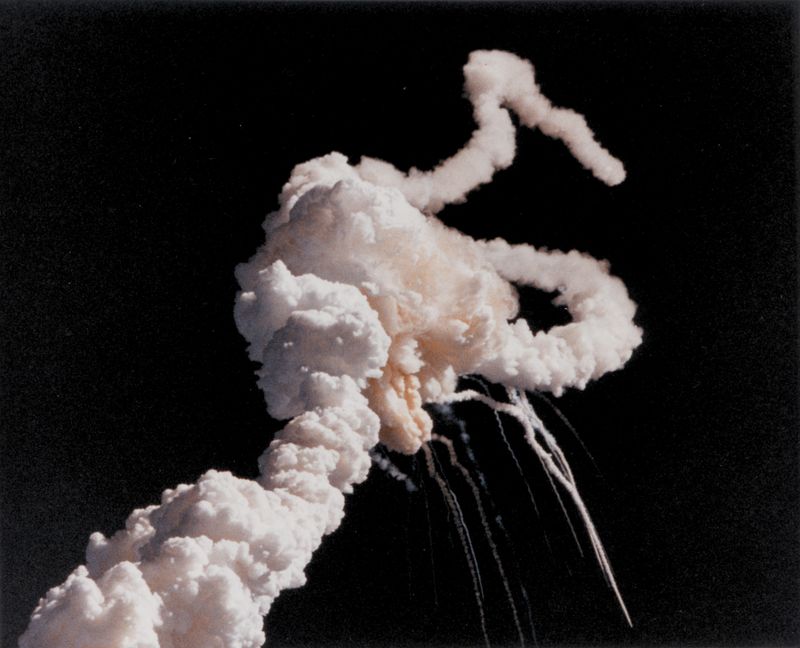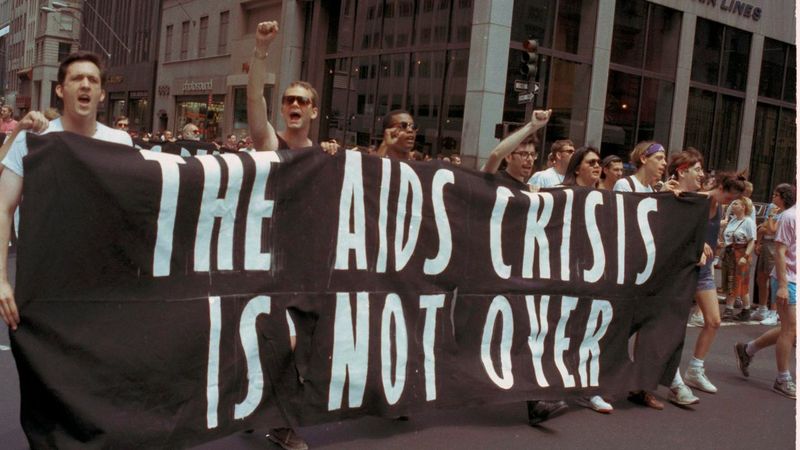This article captures the haunting events that have lingered in the memories of the boomer generation.
From the construction of the Berlin Wall to the emergence of the AIDS crisis, these 20 moments have left a profound impact on those who lived through them.
Each event is a poignant reminder of both the triumphs and tragedies that have shaped our world.
1. Berlin Crisis & Construction of the Berlin Wall (1961)
In 1961, the world witnessed a stark symbol of division as the Berlin Wall was erected. Families were torn apart overnight, caught on opposite sides of this concrete barrier.
The wall served as a physical manifestation of the ideological battle between East and West. It reminded everyone of how quickly hard-won freedoms could be curtailed, leaving a bitter legacy.
The wall’s presence loomed over Berlin, serving as a reminder of the Cold War’s intensity and the division it sowed across societies. It wasn’t just a wall; it was a scar on the face of human unity.
2. Cuban Missile Crisis (1962)
The Cuban Missile Crisis in 1962 brought the world perilously close to nuclear conflict. Over 13 tense days, the U.S. discovered Soviet missiles in Cuba, sparking a showdown with the USSR.
President Kennedy and Premier Khrushchev engaged in nerve-wracking negotiations that could have ended in catastrophe. Each moment was fraught with the potential for disaster, as both leaders weighed their options carefully.
Ultimately, diplomacy prevailed, but the crisis underscored the grave risks of brinkmanship and the thin line between peace and nuclear war.
3. Assassination of John F. Kennedy (1963)
The assassination of John F. Kennedy in 1963 left an indelible mark on America. The charismatic president was shot while riding in a Dallas motorcade, plunging the nation into grief.
Kennedy’s youthful vigor and promise of a new frontier abruptly ended, leaving the public stunned and uncertain about the future. His death fueled numerous conspiracy theories, reflecting deep societal anxieties.
As the nation mourned, the era’s innocence seemed to vanish overnight, replaced by a more turbulent, questioning period in American history.
4. Escalation of the Vietnam War (Mid-1960s–Early 1970s)
The Vietnam War’s escalation during the mid-1960s to early 1970s caused deep divisions in American society. Amid fears of conscription, young men faced the daunting reality of combat in a distant land.
The war’s televised brutality brought its horrors into living rooms across the nation, igniting widespread protests. Families were torn apart by differing views on the conflict.
As the war dragged on, its human and political costs became undeniable, leaving a lasting impact on veterans and civilians alike, and reshaping perceptions of American foreign policy.
5. Assassination of Martin Luther King Jr. (1968)
In 1968, the world lost a beacon of hope and change with the assassination of Martin Luther King Jr. His fight for civil rights inspired millions, and his death was a devastating blow to the movement.
King’s assassination in Memphis left a void in leadership and intensified the struggle for racial equality. His legacy, however, continued to galvanize activists.
The tragedy highlighted the persistent racial tensions in America and served as a grim reminder of the lengths to which some would go to silence the voices of justice and equality.
6. Assassination of Robert F. Kennedy (1968)
The assassination of Robert F. Kennedy in 1968 marked another painful chapter in a tumultuous decade. Shot in a Los Angeles hotel, his death resonated with a nation already reeling from his brother’s assassination.
Robert, a symbol of hope and progress, was mourned by many who saw in him a continuation of his brother’s legacy. His loss deepened national grief and underscored the vulnerabilities within the political landscape.
The tragedy further eroded trust in the political system and highlighted the risks faced by public figures in turbulent times.
7. 1968 Democratic National Convention Protests
The 1968 Democratic National Convention in Chicago became infamous for its violent clashes between demonstrators and police. Protesters, rallying against the Vietnam War and seeking social change, met with harsh opposition.
Television broadcasts captured the chaos, exposing the nation’s deep social divisions. The convention became a symbol of the era’s unrest and the struggle for political and cultural transformation.
The events in Chicago underscored the urgency for change and highlighted the growing chasm between the establishment and a new generation demanding equality and peace.
8. Kent State Shootings (1970)
The Kent State shootings in 1970 were a tragic and pivotal moment in American history. National Guardsmen opened fire on unarmed students protesting the Vietnam War, killing four and wounding nine others.
The incident shocked the nation, highlighting the dangerous rift between citizens and authority. It intensified anti-war sentiments and raised questions about the government’s handling of dissent.
The tragedy at Kent State became a symbol of the era’s volatility, emphasizing the high stakes of political activism and the need for compassionate leadership.
9. Munich Olympics Massacre (1972)
The 1972 Munich Olympics turned tragic when Palestinian terrorists seized and killed 11 Israeli athletes. The massacre, orchestrated by the Black September group, shocked the world and underscored the emerging threat of political violence on an international stage.
The Games, intended to promote peace and unity, became a backdrop for terror and chaos. The events in Munich revealed the vulnerabilities of global gatherings and marked a turning point in the fight against terrorism.
It prompted nations to reassess security measures and the challenges of ensuring safety in a connected world.
10. Watergate Scandal (1972–1974)
The Watergate scandal of 1972-1974 unraveled a web of political corruption that shook the United States to its core.
The break-in at the Democratic National Committee headquarters led to revelations of widespread misconduct within the Nixon administration.
Investigative journalism played a crucial role in uncovering the truth, ultimately resulting in President Nixon’s resignation.
The scandal damaged public trust in government, highlighting the need for accountability and transparency. Watergate remains a defining moment in American politics, serving as a cautionary tale about the abuse of power.
11. Economic Uncertainty & Stagflation in the 1970s
The 1970s were marked by economic uncertainty and the phenomenon of stagflation, where high inflation and stagnant growth coexisted. Americans faced rising prices and unemployment, creating a climate of financial anxiety.
The traditional economic policies seemed ineffective, leaving many feeling vulnerable as they struggled to make ends meet. The crisis prompted a reevaluation of economic theories and the role of government intervention.
For many boomers, the era’s economic challenges remain a vivid memory of a time when the American Dream seemed increasingly out of reach.
12. 1973 Oil Crisis
The 1973 oil crisis was a wake-up call to the fragility of global energy dependence. The OPEC oil embargo led to fuel shortages and skyrocketing prices, disrupting everyday life.
Long lines at gas stations became a common sight, highlighting vulnerabilities in energy supply. The crisis prompted a shift towards energy conservation and the exploration of alternative sources.
For those who lived through it, the oil crisis remains a stark reminder of the geopolitical complexities that influence the availability and cost of vital resources.
13. Fall of Saigon (1975)
The fall of Saigon in 1975 marked the dramatic end of the Vietnam War. Images of helicopters evacuating Americans and Vietnamese from the U.S. Embassy became iconic, symbolizing defeat and desperation.
The event left a deep scar on the American psyche, as it marked the end of a controversial and costly conflict. For veterans and civilians alike, the fall represented a moment of reckoning with the war’s human and political consequences.
It underscored the complexities of foreign intervention and the long-lasting impact on those involved.
14. Three Mile Island Nuclear Accident (1979)
The 1979 nuclear accident at Three Mile Island in Pennsylvania was a sobering reminder of the potential dangers of nuclear power. A partial reactor meltdown caused widespread fear and confusion, leading to evacuations and intense public scrutiny.
The incident highlighted the need for stringent safety measures and transparent communication in the nuclear industry. It prompted debates about the role of nuclear energy in a world increasingly concerned with environmental safety.
For many boomers, Three Mile Island remains a stark reminder of the risks inherent in technological advancement.
15. Iranian Hostage Crisis (1979–1981)
The Iranian Hostage Crisis of 1979-1981 was a prolonged ordeal that captured global attention. Fifty-two American diplomats and citizens were held hostage in the U.S. embassy in Tehran, creating a tense international standoff.
The crisis highlighted the complexities of Middle Eastern politics and strained U.S.-Iran relations. Nightly news updates kept the public engaged, leading to a sense of national frustration and helplessness.
The hostages’ eventual release after 444 days was a moment of relief, but the crisis left a lasting impact on American foreign policy and public consciousness.
16. Soviet Invasion of Afghanistan (1979)
The Soviet invasion of Afghanistan in 1979 marked a significant escalation in Cold War tensions. Soviet troops entered Afghanistan to support the communist government, sparking a fierce resistance movement.
The invasion underscored the geopolitical chess game between superpowers, with the U.S. backing Afghan mujahideen fighters.
The conflict dragged on for years, contributing to the eventual collapse of the Soviet Union and leaving Afghanistan in turmoil. For many, it served as a reminder of the complexities of ideological battles and the human cost of military intervention.
17. Able Archer 83 (1983)
Able Archer 83 was a NATO military exercise that nearly sparked nuclear war in 1983. Soviet forces misinterpreted the exercise as a potential attack, heightening Cold War tensions to a dangerous level.
The incident revealed the fragility of military communication and the catastrophic potential of misunderstandings. It prompted both superpowers to reassess their strategies and communications protocols, highlighting the need for clear dialogue.
Able Archer 83 remains a stark reminder of how close the world came to disaster due to miscommunication and the hair-trigger nature of nuclear deterrence.
18. Reagan’s Strategic Defense Initiative Rhetoric (1983)
In 1983, President Reagan’s Strategic Defense Initiative, dubbed “Star Wars,” heightened nuclear fears. The ambitious plan to develop a missile defense system in space stirred controversy. Critics argued it escalated the arms race, increasing the risk of conflict.
Reagan’s rhetoric further stoked Cold War anxieties, as the initiative seemed to challenge the balance of power.
The proposal sparked debates about technological feasibility and the ethics of weaponizing space. For many, it underscored the era’s pervasive nuclear tension and the high stakes of geopolitical rivalry.
19. Challenger Space Shuttle Disaster (1986)
The Challenger Space Shuttle disaster in 1986 was a tragic moment that captured the world’s attention. The shuttle exploded shortly after launch, killing all seven crew members, including a school teacher.
The event was broadcast live, leaving viewers in shock. It highlighted the perils of space exploration and the human cost of technological ambition.
The tragedy prompted a reevaluation of NASA’s safety protocols and inspired a renewed commitment to space exploration. For many, the Challenger disaster remains a poignant reminder of the risks and rewards of reaching for the stars.
20. Emergence of the AIDS Crisis (Early 1980s)
The emergence of the AIDS crisis in the early 1980s was a public health emergency that instilled widespread fear. As the disease spread, it became clear that a mysterious virus was claiming lives at an alarming rate.
Stigma and misinformation compounded the issue, making it difficult for those affected to find support. Activists and medical researchers rallied to raise awareness and push for research and treatment.
The crisis highlighted the importance of public health vigilance and the need for compassion in facing unknown medical challenges.
